How to clean a microfiber cloth and how often you should do it
Here’s how to clean a microfiber cloth and why it’s so important
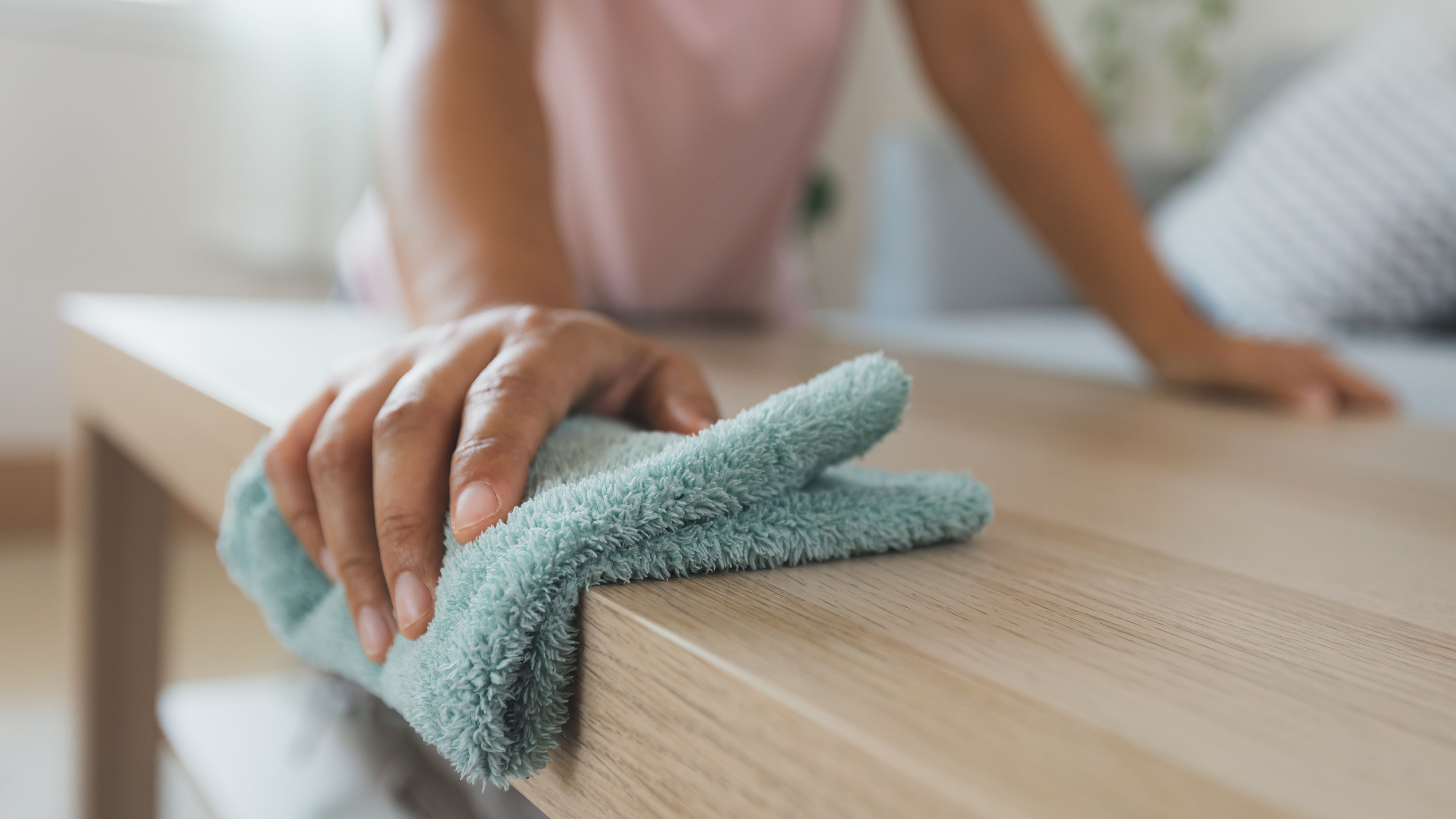
Knowing how to clean a microfiber cloth often isn’t considered a top priority — after all, we just reuse these towels for everyday cleaning. But, that’s precisely why this chore is more important than you’d think. We use microfiber cloths to pick up all manner of debris around the house, from dust bunnies to kitchen stains. They are even necessary when cleaning out the toilet. Considering the amount of germs and stains they take on board, it’s no wonder they need routinely cleaning and refreshing.
If not cleaned, the dirt will only build up until the cloth becomes smelly and counterproductive in use. But, considering the influx of cleaning products and debris contained within, what is the best way to clean these towels? Here, we will break down everything you need to know about cleaning microfiber cloths, including how often you should be doing it. That way, you can rest assured that your cleaning materials are fresh and ready for the next set of chores.
How to clean a microfiber cloth
1. Remove excess dust and debris — If you use your microfiber cloths to dust, odds are they will be filled with dust bunnies. Before you wash them, dispose of the excess dust in the trash. The same can be said for any food debris or hairs that your cloth may have collected.
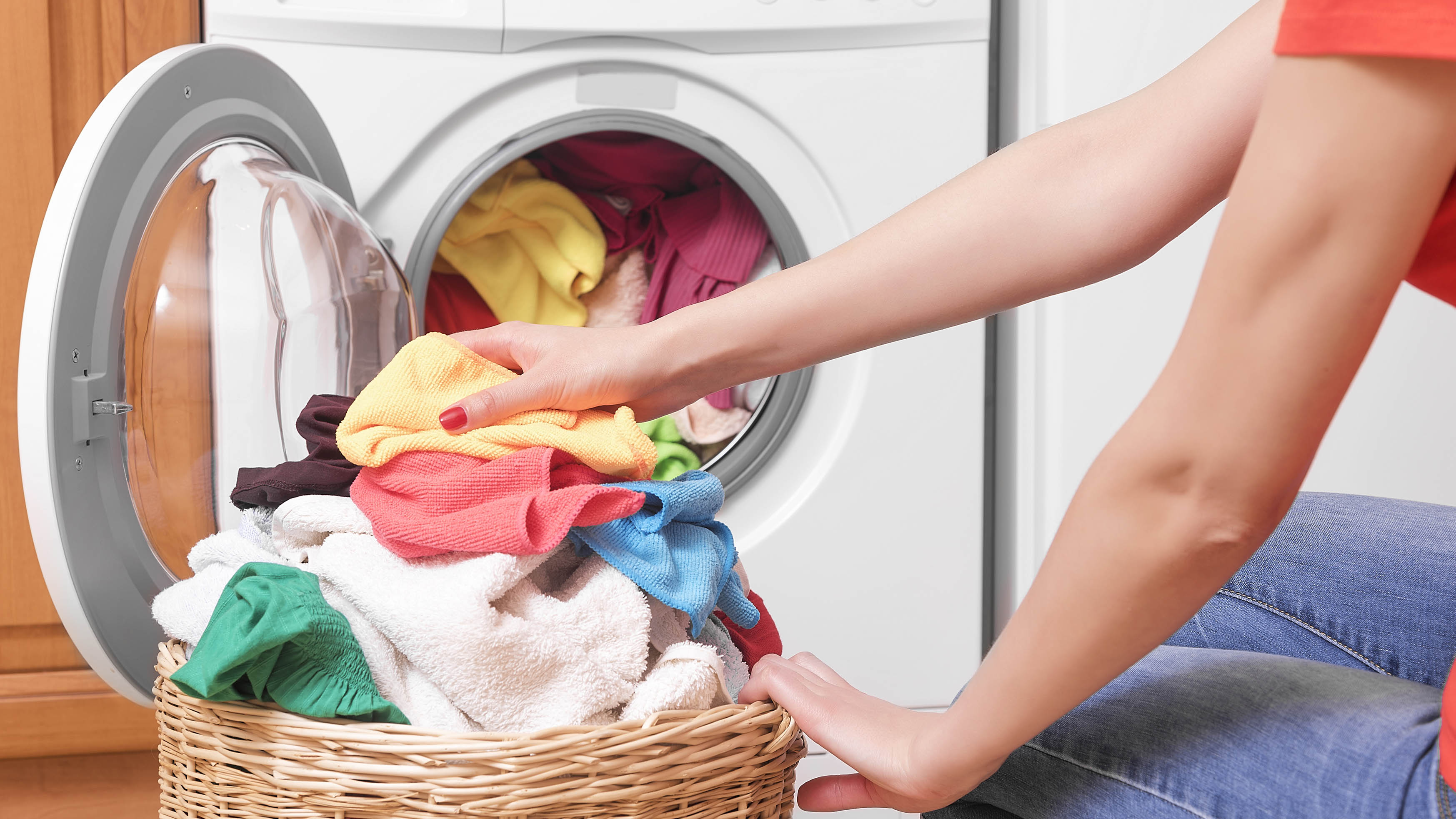
2. Machine-wash — You can of course machine-wash your microfiber cloths with one of the best washing machines. In fact, most cloths will contain a care label of recommended washer settings for the best result. Here are some tips if you want to machine wash your microfiber cloths:
- If you’re dealing with a heavily-stained microfiber cloth, use the hottest temperature the care label allows. Do not go any hotter than this setting though, or else you could melt the fibers.
- To aid stain removal, you can also let your microfiber cloths soak prior to washing — you can do this straight in the drum if you’ve got a top load washer. You can also use a proprietary stain remover before loading if necessary.
- Don’t mix your microfiber cloths with your regular laundry load. While it will save you the extra washing cycle, you will be cross-contaminating the germs and bacteria with your clothes, which isn’t a pleasant thought. We recommend bulk washing your microfiber cloths together to save on water and energy, but avoid washing with any other materials. Otherwise, your cloths can attract lint.
- Stick to using a dedicated microfiber detergent, such as Chemical Guys Microfiber Wash ($8.99, Amazon). Traditional harsh detergents can damage microfiber. Keep an eye on how much you dose as well, because you won't need much compared to your standard load. A couple of teaspoons should be sufficient.
- Never use fabric softener on your microfiber cloths. This actually coats the fabric with a waxy residue which will ruin the absorbency. If you want to learn more, here’s why fabric softener is bad news for you and your washing machine.
- If you’re dealing with musty microfiber cloths, you can also add a tablespoon of distilled white vinegar to the water. This will help deordorize. Never mix bleach with vinegar — it creates a lethal chlorine gas.
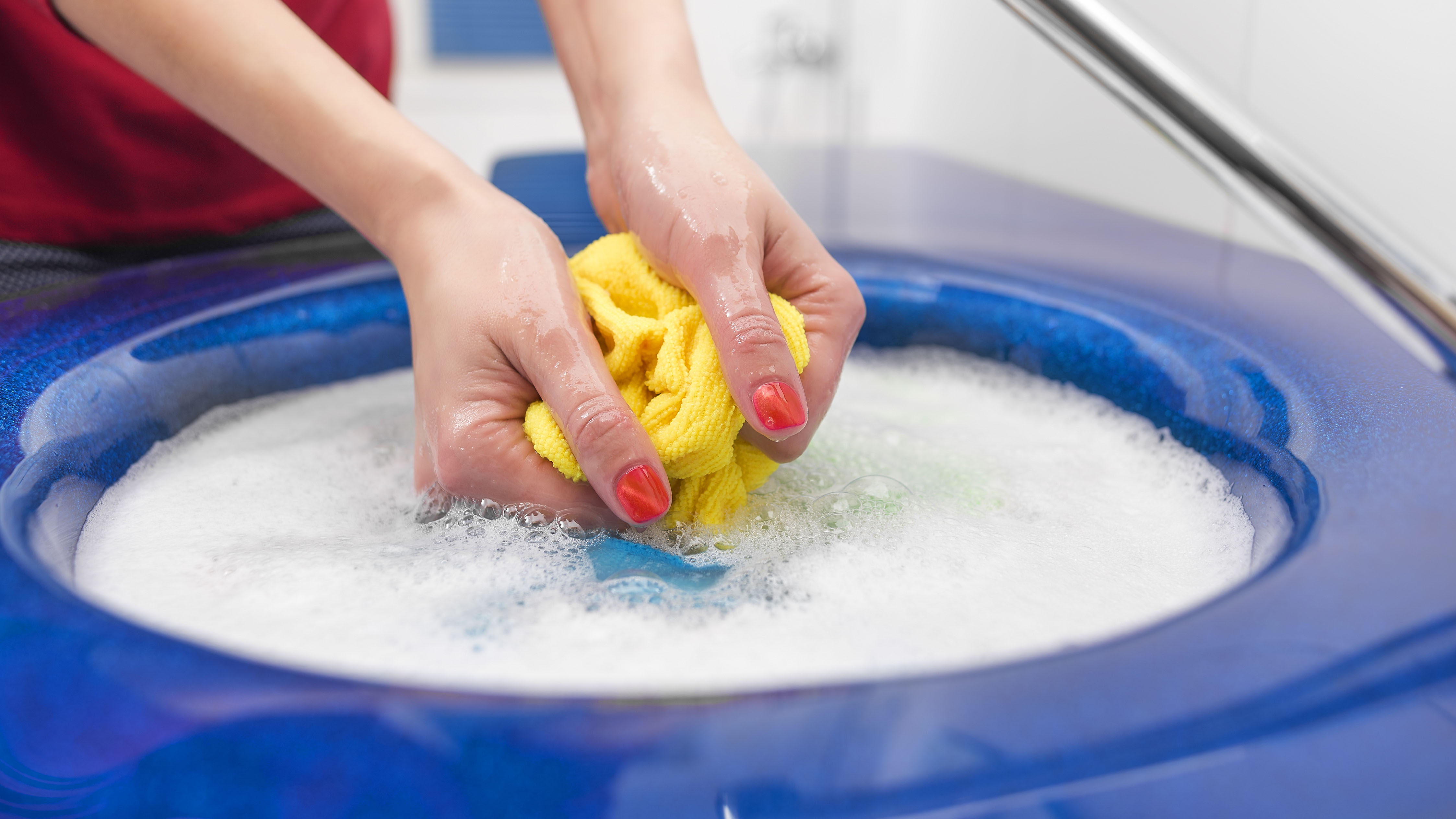
3. Hand washing — For lighter stains and everyday cleaning, hand washing is another alternative. And because microfiber cloths are so small, it’s pretty quick and simple to do. Here are some tips to follow:
- Keep the microfiber cloths separate from any other material, even when you hand wash.
- The water temperature should be cool to warm. Don’t hand wash in hot water for risk of breaking down the micro fibers.
- Again, stick to a dedicated microfiber detergent, as recommended above, and don’t use too much when you dose.
- You can use a stain remover to spot treat heavy stains before you hand wash, such as the Hate Stains Co. Stain Remover ($14.50, Amazon). Soaking the cloths may be useful for breaking down stains as well.
- If that doesn’t work, you can also try using a scrubber, such as the Amazon Commercial All Purpose Scrub Brush ($10.79, Amazon). A scrubber is also useful to remove any dirt that gets trapped in the fibers.
- Once your microfiber cloths are clean, ensure you rinse them well with fresh water and then wring and squeeze out the excess before moving onto the next step.
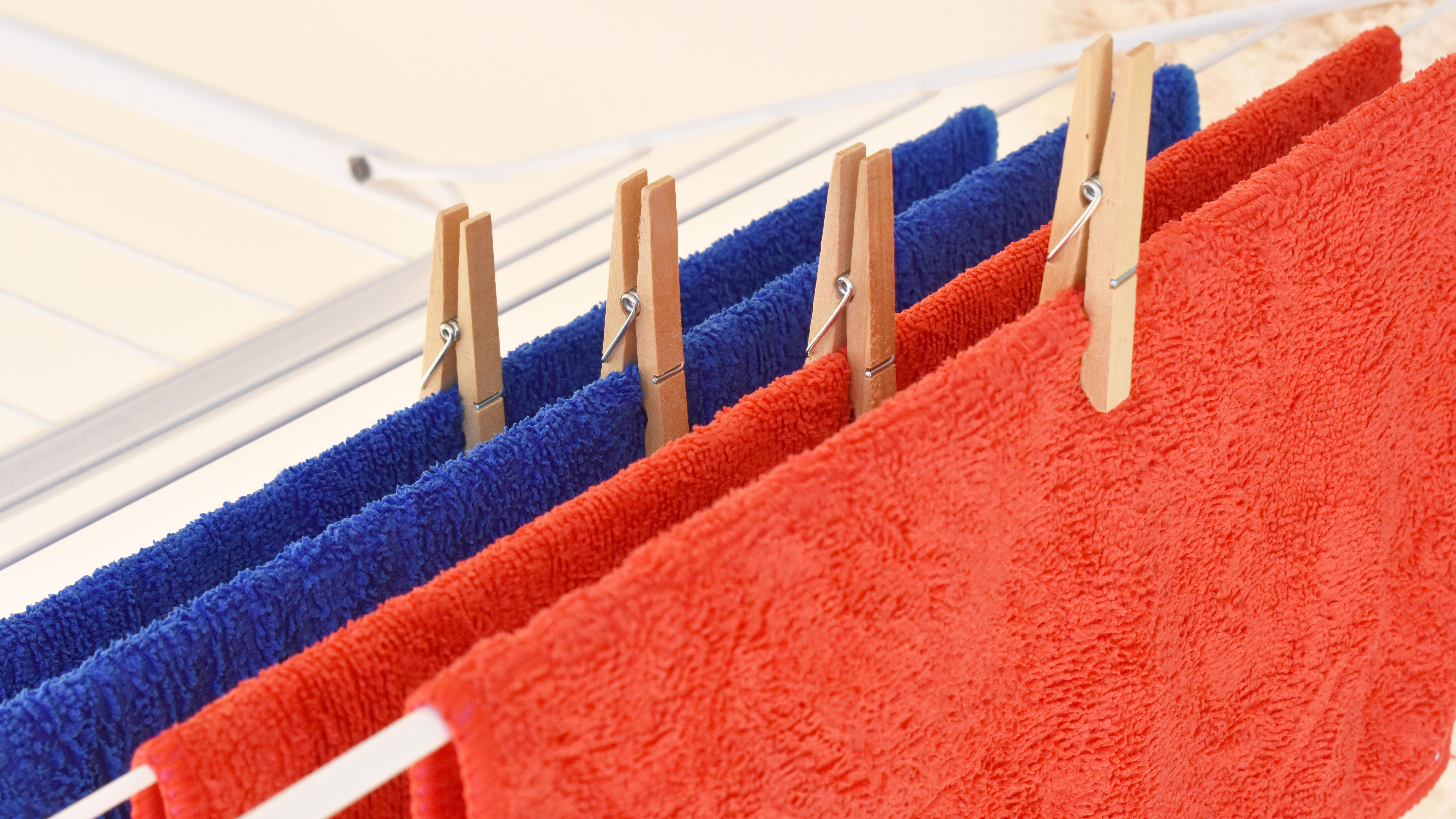
4. Dry your microfiber cloths — Drying your microfiber cloths is pretty straightforward. You can either hang them out to dry or throw them in the best clothes dryer. Either way, there’s a couple of tips to be aware of:
- If you’re hanging your microfiber cloths out to dry, make sure the material is spread out rather than bunched up, with access to plenty of air circulation. If it can’t dry fast enough, it will start to smell.
- For the clothes dryer, keep items made from other materials separate from the load, unless you want your microfiber cloths to emerge covered in lint.
- Don’t use dryer sheets as part of the cycle either. Much like fabric softener, this will just coat the microfiber in a residue, reducing its efficiency.
- Use a low heat, quick cycle as well. Microfiber cloths are small and won’t require much energy or time to dry.
Your microfiber cloths will now be clean and ready to take on the surfaces around your home. Don’t forget to clean them again when the time comes.
Sign up to get the BEST of Tom's Guide direct to your inbox.
Get instant access to breaking news, the hottest reviews, great deals and helpful tips.
How often should you clean microfiber cloths?
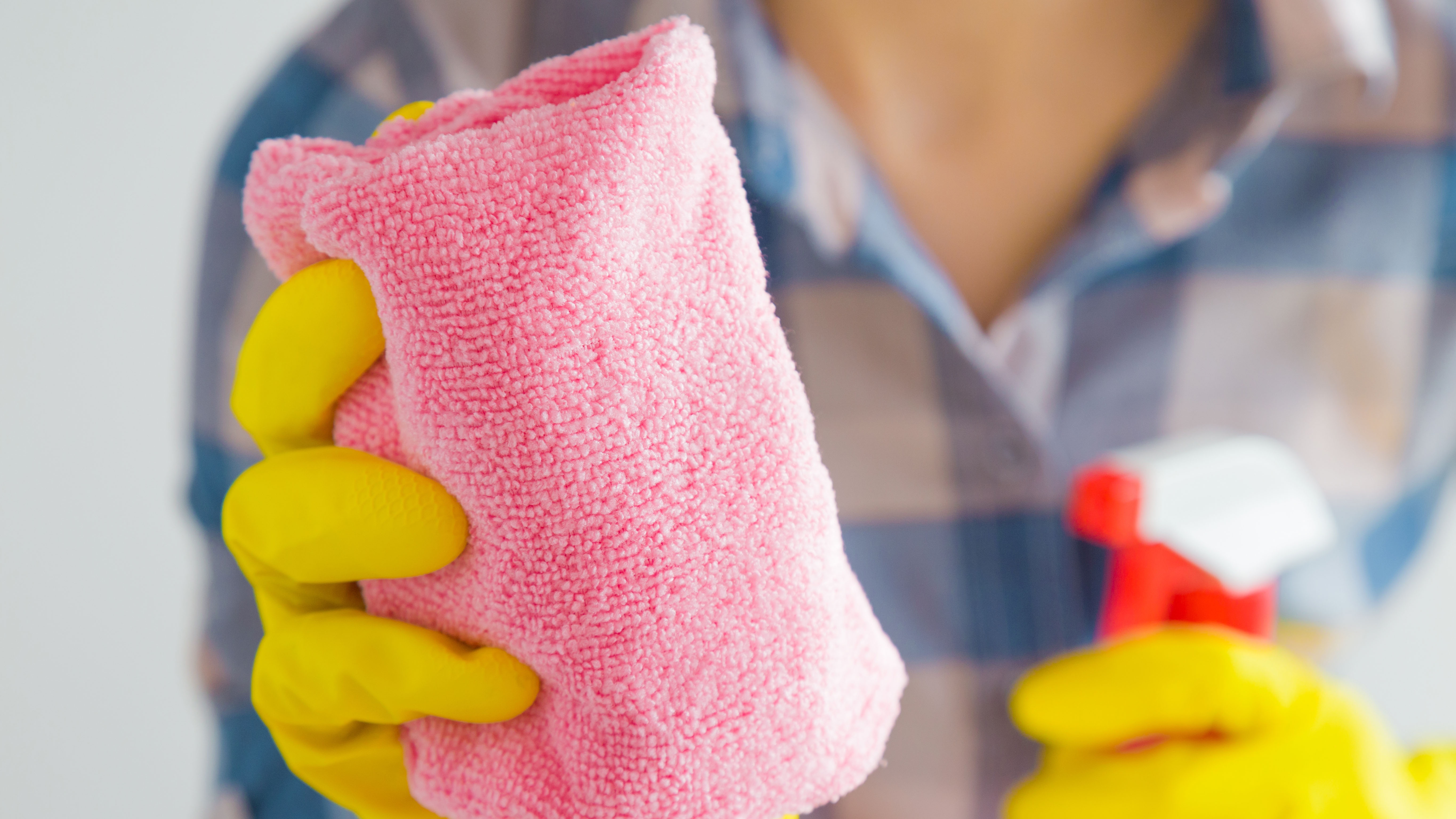
It may sound excessive, but you should clean your microfiber cloths between each use. This is because the debris and germs you pick up could transfer between surfaces, which makes the whole chore counterproductive. If you pick up any residue, this could also scratch and damage any delicate surfaces you try to clean, such as the TV screen.
With that in mind, be sure to keep plenty of microfiber cloths in stock. It also helps if you can buy color coded ones, so each has a dedicated cleaning space. The MR.SIGA Microfiber Cleaning Cloths ($12.99, Amazon), come in four different colorways for instance. So you could have one for the kitchen, one for the bathroom, one for dusting and a spare.
For more handy cleaning guides to help keep your home sparkling, check out how to wash a mattress protector, how to clean a washing machine and how to clean leather. Before you get started though, make sure you read about the things you should never clean with baking soda and things you should never clean with vinegar.

Katie Mortram used to be a Homes Editor for Tom's Guide, where she oversaw everything from kitchen appliances to gardening tools, as well as smart home tech. Specializing in providing expert advice for cleaning and home manintenance, she now works as Household Advice Editor for Good Housekeeping.
